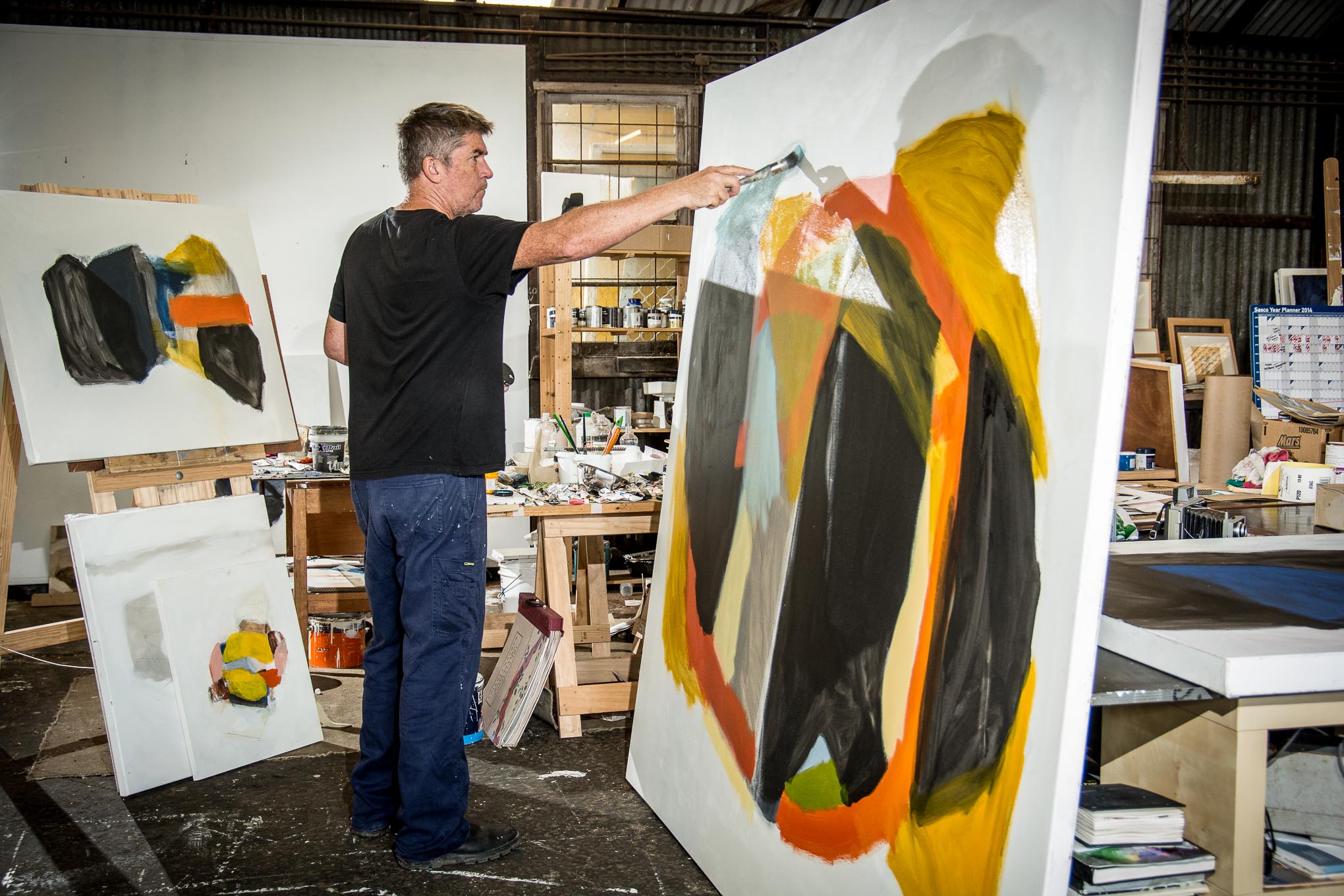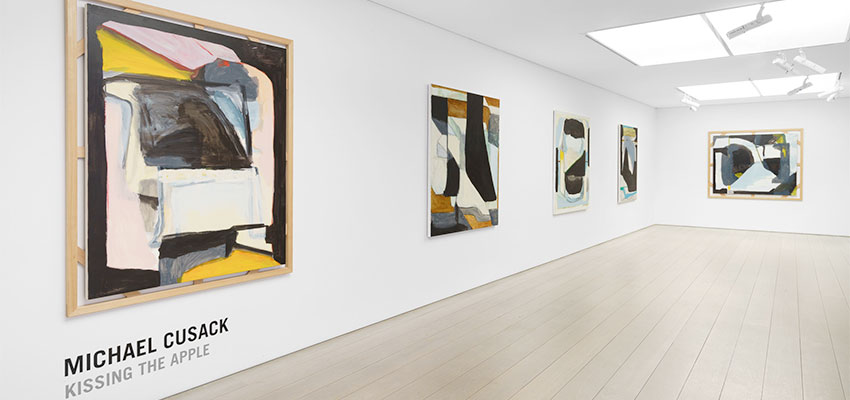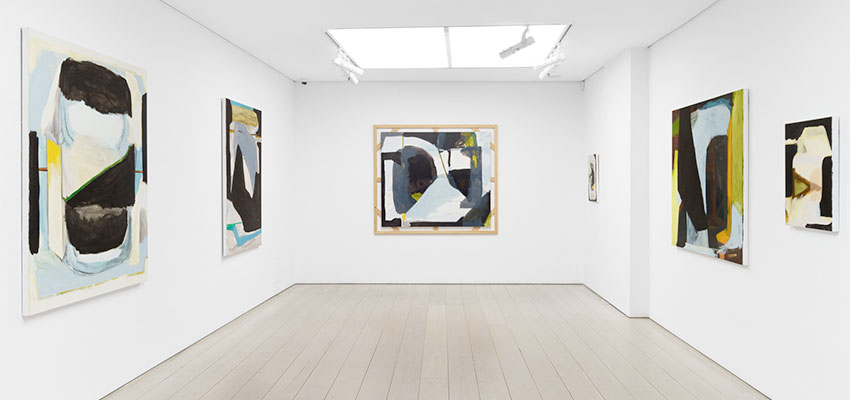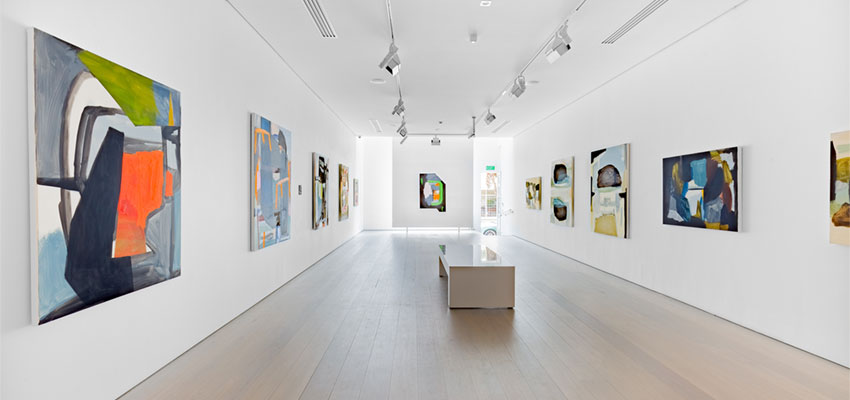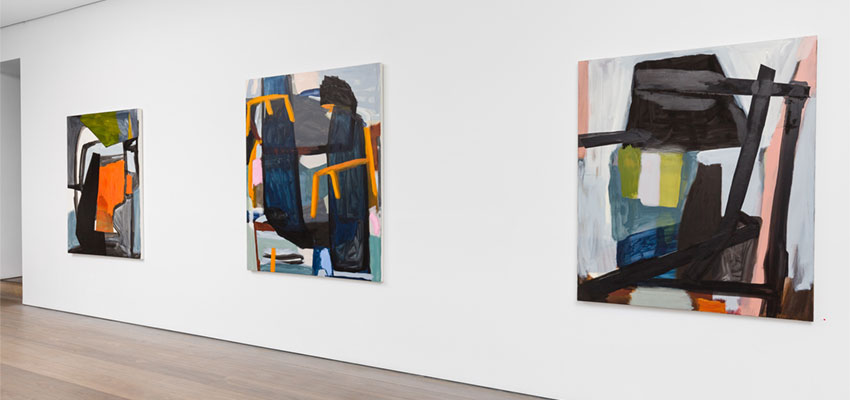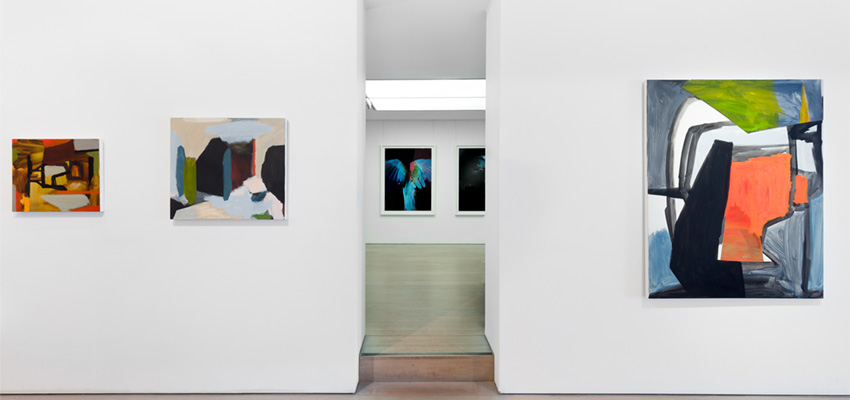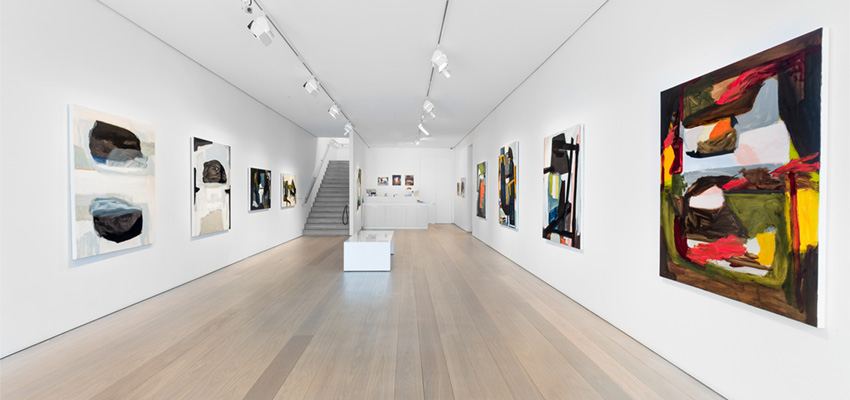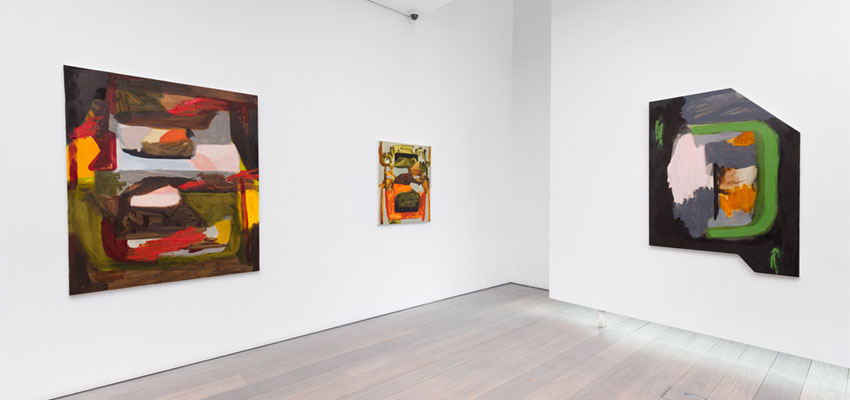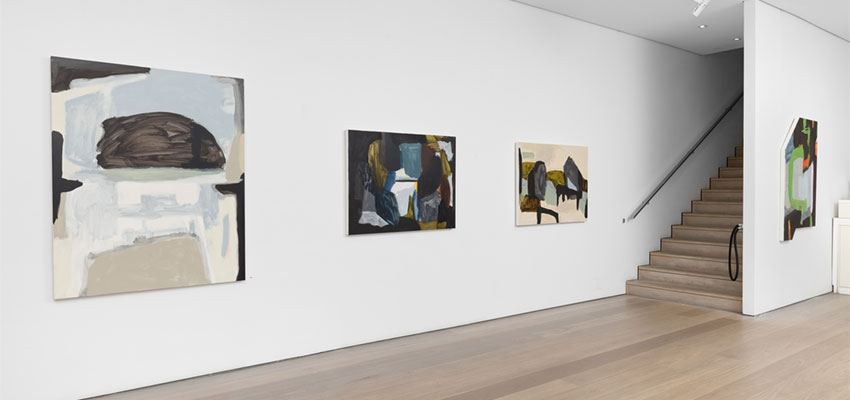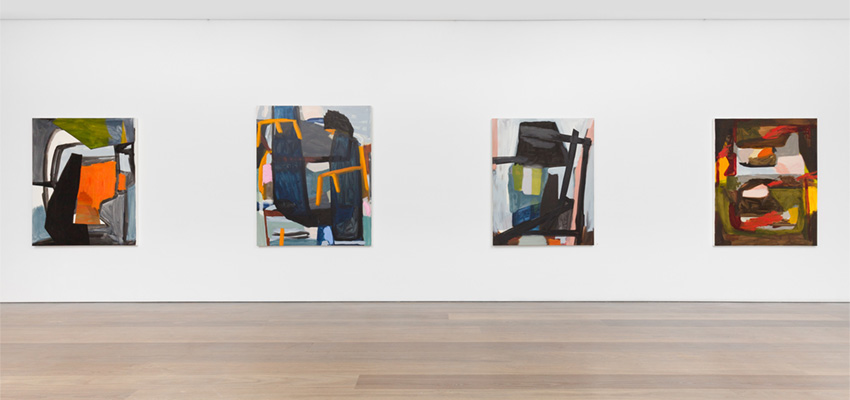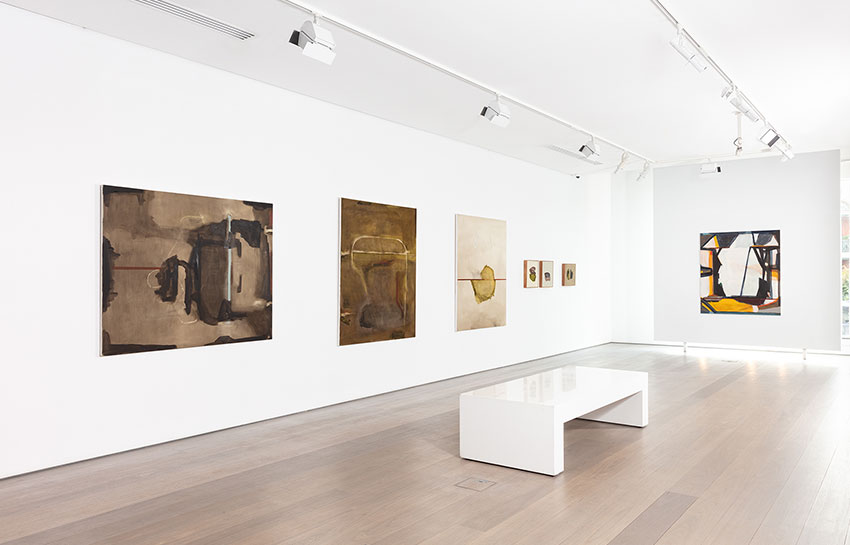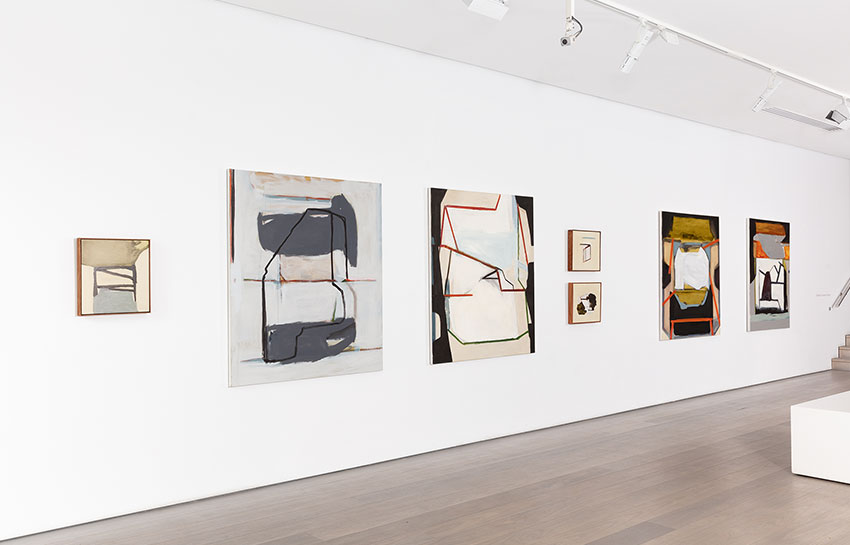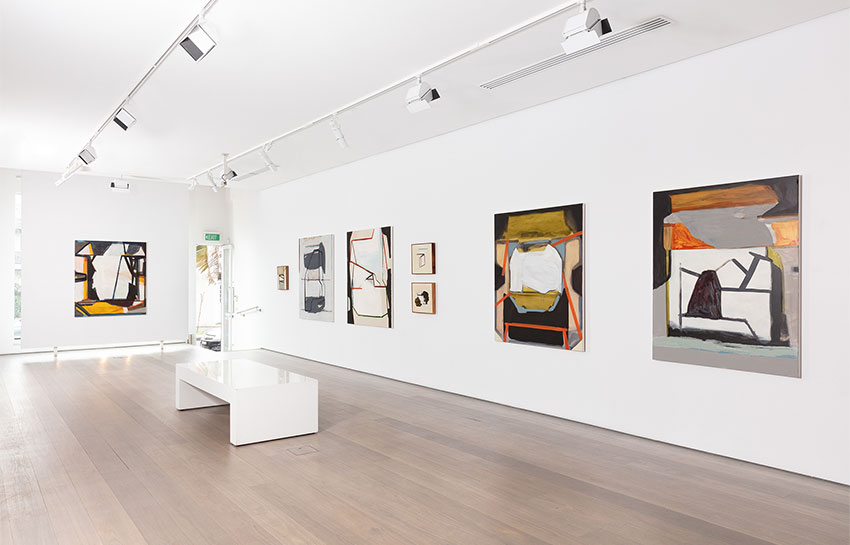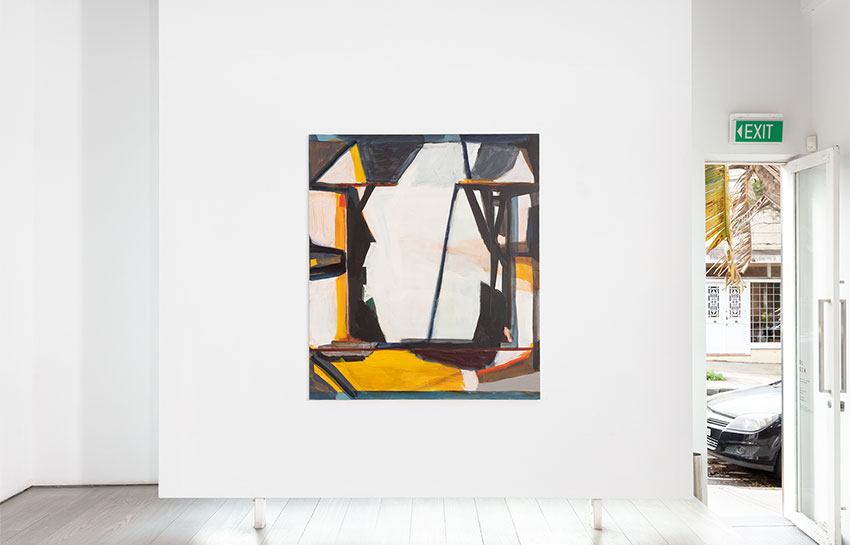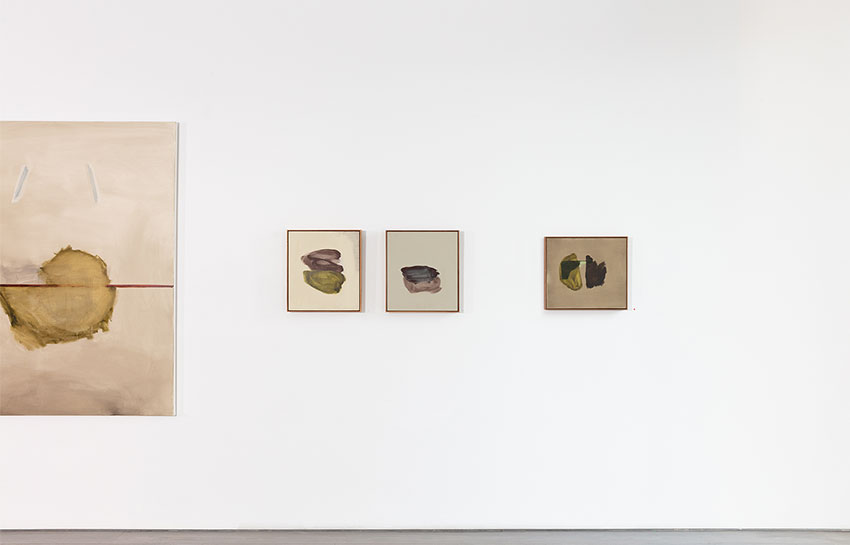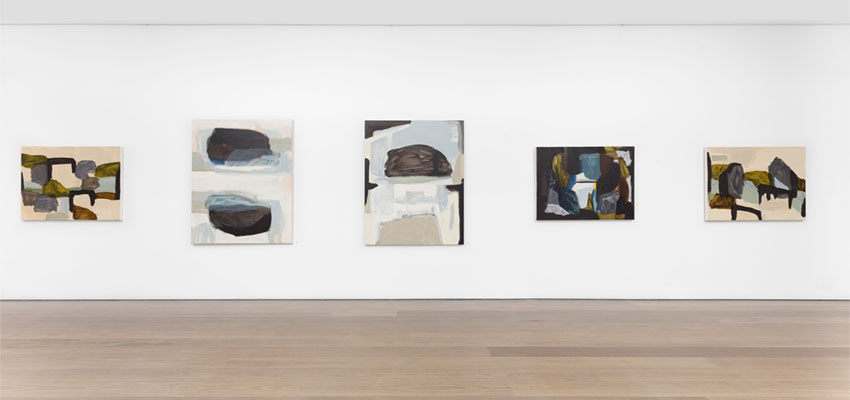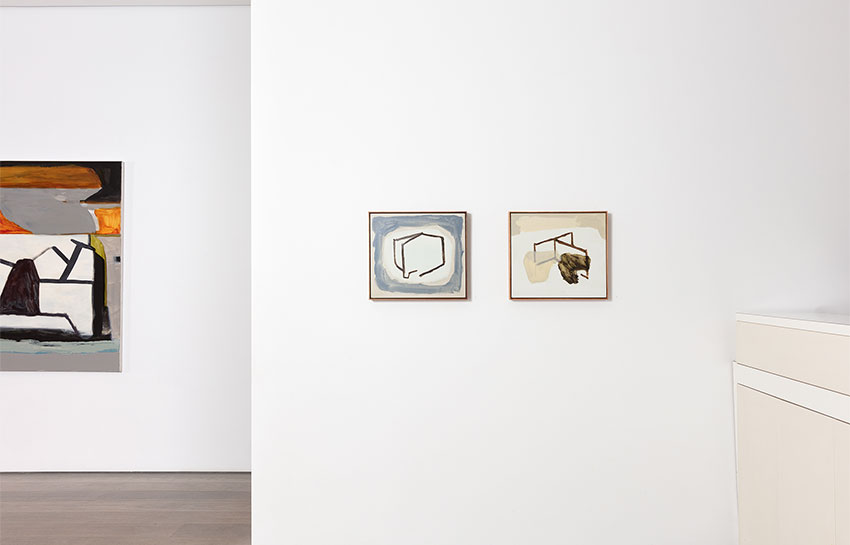Michael Cusack has developed a practice over 30 years encompassing painting, drawing, and found objects. Born in Dublin, Cusack emigrated to Australia in 1982 and currently lives and works in Mullumbimby. He holds a Master of Visual Arts from Queensland College of Art, Griffith University, Brisbane.
Cusack has exhibited extensively in both solo and group shows, and his work is held in numerous private and public collections. He has been a finalist in multiple art prizes including the Mosman, Waverly, Fisher’s Ghosts, and Paddington Art Prizes, and is a recipient of the AGNSW Cite Internationale de arts Residency, Paris. Cusack is currently represented by Olsen Gallery.
Cusack is the Co founder of the Byron School of Art. He has curated numerous group exhibitions at the Project Space including Black Diamond Money - artists from Newcastle, Dirty Filthy Painting – a survey of contemporary painting, We are Not Ourselves – student work from Griffith University, Southern Cross University, and the Byron School of Art. Most recently Cusack as co curated BSA 10 Years at Tweed Regional Gallery.
Michael Cusack has built his reputation as a painter of shapes. Over the years this interest in painterly solutions has played out in multiple ways with subtle changes in composition and colour relationships. Recent developments in Cusack’s practice have seen a shift in focus from shape making to the corruptions and complications of the painted surface. This development is part of his interest in painting’s role as both image and object, as a consequence, paintings are cut, erased collaged and sanded until they begin to fall apart; the liquid language of paint is interchanged with other materials like paper, cement and wood. Cusack’s love of shape making is not abandoned; rather, shapes are erased or hidden within the painting surface. Through self-imposed studio impediments Cusack is tugging more vigorously at the relationship between ideas and materials, something James Elkins is concerned with when he asks ‘how do substances occupy the mind?’[1] This recent concern for the importance of materials and the language they produce, is in part fostered by a re-engagement with Samuel Beckett’s ideas on inexpressibility and the gap between meaning and language. In essence his work can be read as documentation of the transformation of perceptual experience into painterly form, an investigation of materiality through traditional and non-traditional means, aiming to trigger some kind of opening or ensure an ongoing dialogue with his work.
Publications
Amber Creswell Bell ,”Australian Abstract” Thames & Hudson, 2023
Caity Reynolds,”Steel Frames and Figureheads” catalogue essay, Lismore Regional Gallery, 2021
Andrew Frost, Axiom, http://theartlife.com.au/2014/axiom/, 2014
Felicity Fenner, The land and its Psyche, The Macquarie Group Collection, 2013
Louise Martin-Chew, “Air Light and Space”, catalogue essay, Glasshouse Gallery, Port
Macquarie, 2013
Una Rey, “Drawing Now”, Newcastle Herald, 2013
Sharne Wolff, Still Life, The Art Life, http://theartlife.com.au/2012/still-life/, 2012
